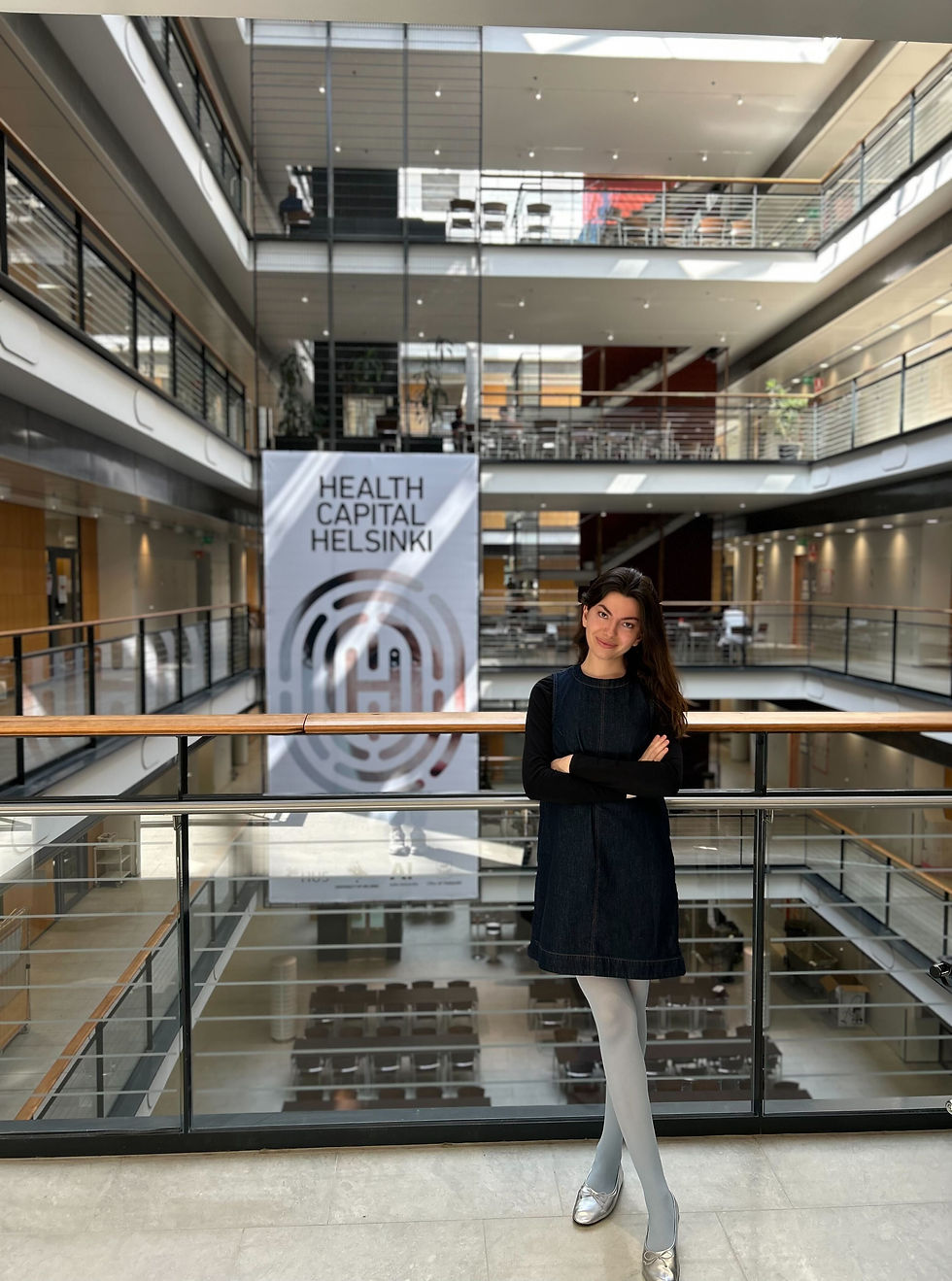Laboratory automation with the Opentrons OT-2 and 3D Printing
- Andrew Erickson
- Aug 19, 2023
- 3 min read
Most modern molecular biology techniques involve the transfer of small, precise amounts of liquids from one location to another. This is most commonly done using manual pipettors, such as the one pictured below:

In contrast to manual pipettors, automated liquid handlers can be programmed to perform liquid transfers. While many commercial companies provide liquid handling robots, they are often very costly, and also come paired with expensive service contracts. The high upfront costs has put such devices out of reach for smaller labs.
Enter Opentrons. Opentrons is a startup founded in the mid 2010s that has developed a line of liquid handlers at a price point reachable by most small labs. I've long been eyeing their OT2 robot, especially after collaborator Benedict Diederich published an amazing customized protocol they developed where a microscope his team designed was integrated with the OT2 for immunostaining. You may remember Benedict from my recent blog post from the GOSH Hackathon.
Earlier this week, a lightly-used secondhand Opentrons OT-2 that I purchased at auction arrived to the lab.

Opentrons offers two convenient options for developing protocols for their robots. The first, is a visual interface for non-programmers (such as biologists) to develop protocols. The second, is the ability to program protocols via Python.
This also conveniently helps nail another ongoing problem in science: the reproducibility crisis. A recent study tried to replicate findings from 50 major cancer biology studies and found that less than half of them could be replicated. With the OT2, it is possible to directly provide a protocol as a digital file in a manuscript, allowing another lab to perform the same exact experiment (provided they have the same consumables).
This also can help another problem in clinical translation of science findings from the bench to clinic. Developing a consistent protocol on one OT2 can be used on multiple OT2s in the same facility. OT2s became very popular for COVID 19 testing labs!

Screenshot taken from this YouTube Video.
Just as an example, I asked ChatGPT to provide a protocol script to move liquids. Here's how it responded.

Together with MSc students Franziska Niemeyer and Veera Kurki, we unboxed and started to learn how to work with the OT2. After a bit of initial stress, we were able to power up and connect to the OT2 with a laptop.

Pictured: OT2 powered up!
With it powered up, we next aimed to confirm that the automated pipettors (a Gen1 8-channel P10 and a single channel Gen1 P10) would perform as designed. We realized that we didn't have any official supported pipette tips. But we do have access to our lab's Ultimaker 3 3D Printer!
A lot of clever innovators and scientists have been developing 3D printed hardware, specifically designed to work in the OT2. We found a github repository that offered a .stl file holder for 10 uL Pipette tips we had available. The designers also provided a .json file which can be used to tell the OT2 exactly where to move. We downloaded the stl file, and printed the holder overnight.

Now with a tip holder, Franzi and Veera wanted to design a simple test protocol: can we move 10 uL of liquid from one Eppendorf tube to another.

Pictured: MSc students Franziska and Veera.
After Franzi and Veera calibrated the OT2, we were ready to test a protocol they wrote, using the PI's coffee as the test liquid (easy to see opaque brown liquid).
Here's the result (video sped 500% faster than normal)
And here's a picture of the result!

With the OT2 confirmed to be working, we're now planning pilot experiments to develop protocols and to name the OT2!

